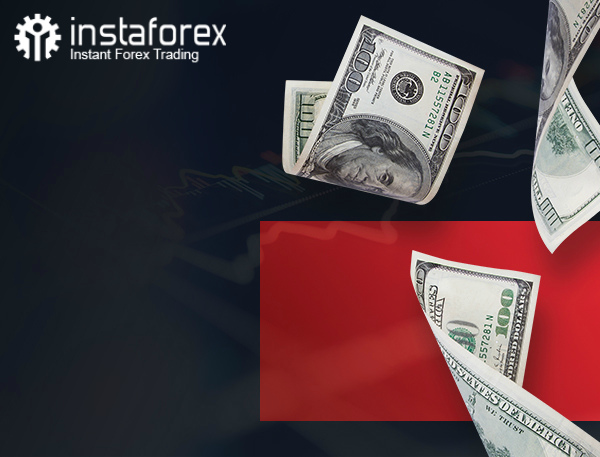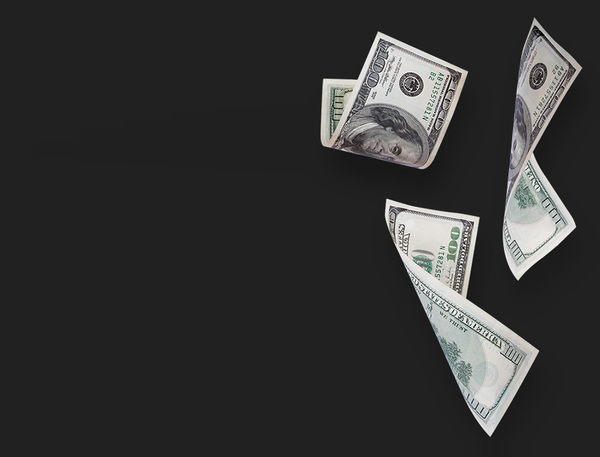How to predict price movementTo learn to guess further movement of a currency price is a natural and right wish. Almost all market participants, both institutions and individuals, want to acquire methods of forecasting. Forecast of currency movements is crucial and plays an important role in reducing risks and raising profits. There are multiple methods enabling traders to forecast further movements of an instrument price. However, it is hard to single out the most efficient methods, so forecasting the trend of a currency exchange rate is not an easy task. This article unveils the four most popular methods of forecasting currency trends. Method 1. The theory of purchasing power parity The method of purchasing power parity is considered to be the most popular one. Practically all economic tutorials include its definition and description. This method is based on the law of one price according to which identical goods should have the same price in different countries. Let’s see the example. Taking into account the exchange rate and excluding costs on transactions and delivery, a ball pen’s price in Great Britain should be the same as in the United States. In other words, in this case speculation is impossible. The theory suggests that the exchange rate should be changed to compensate for the increase in prices due to inflation. For example, prices in the US should rise by 4% over a year but in Great Britain they are expected to rise only by 2%. Thus, the inflation differential will be: 4%-2%=2%. As a result, prices in the US will advance faster than in Great Britain. Taking into account the principle of PPP, the US dollar should be devalued by 2% so that the same goods have identical prices in both countries. If the exchange rate is at 90 US cents for a British pound, the expected exchange rate will be (1 + 0.02) x (0.90 US dollars for a British pound) = 0.918 for a pound. According to these calculations, the British pound should grow to 91.8 US cents. An interesting application of the PPP method is presented in the example of the Big Mac index, which was invented and published by The Economist. The indicator is a guide to whether the currencies are at their correct level based on the Big Mac price in different countries. The comparison of the Big Mac prices serves as the basis for the indicator, as Big Mac is a universal and identical product in all countries where it is sold. Method 2. Relative economic strength approach As the name may suggest, this method is based on GDP growth in different countries that contributes to the forecast of exchange rate movements. From the logical point of view a strong economic environment and high growth of GDP attract more investments from abroad. In order to make investments, foreign investors will have to buy the national currency creating the increased demand that will lead to the currency appreciation. This approach is not only based on the relative economic strength between countries. It also allows traders to be on top of information on all investment flows. For instance, another factor that can attract investors to a certain country is interest rates. Thus, high interest rates may draw attention of the investors who want to gain the highest yield on their investments. As a result, demand on the national currency is rising provoking its appreciation. At the same time, low interest rates may make investors avoid investing in a particular country. Such situation took place in Japan when the interest rates were at their lowest levels. This trading approach is known as the carry-trade. In comparison to the first method, the second one could hardly forecast what the exchange rate should be. It is likely to show a general situation. This approach should be used in combination with other forecasting methods if details are needed. Method 3. Econometric models This is another frequently used method. This method implies creation of a model relating a currency exchange rate to the factors that affect its movement. When developing an econometric model, one uses values of economic theory. Any variable that considerably influences the currency price can be included in calculations. Let’s consider an example. An analyst at some Canadian company was asked to make an annual forecast of the USD/CAD pair. After research and analysis, the following factors were chosen: the interest rate differential between the US and Canada (INT), the difference between GDP growth rates (GDP) and income growth rate (IGR) differences between the two countries. The econometric model was as follows: USD/CAD (1 year) = z + a(INT) + b(GDP) + c(IGR). If not going into the details of the model construction, the variables INT, GDP and IGR can be put into the model to produce a forecast. The coefficients a, b and c determine how much these factors bear on the exchange rate and direction of the currency. This method can be described as the most time-consuming among the aforementioned ones. However, when the model is built, forecast can be made rather quickly. Method 4. Time series model The time series model is the last method we will touch upon in this article. This method is technical and has nothing to do with economic theory. The autoregressive moving average (ARMA) is regarded as the most popular approach in the time series model. According to it, past dynamic and price models may be applied to forecasting future dynamic and price models of a currency instrument. You need to enter the data on time series into a specialized computer program. The program will assess all the parameters and form a personal model. All in all, forecasting movements of exchange rates is a difficult task. Therefore, many corporations and investors hedge their currency risks. However, there are those who understand importance of forecasts of the exchange rates and scrutinize factors affecting currencies. We hope that the four considered methods will be useful to you. |
Brokers Reviews
FOREX BROKER DIREKOMENDASI
Forex charts and quotes
|











